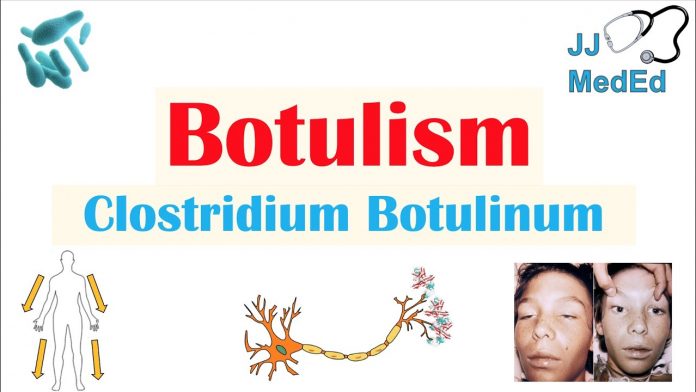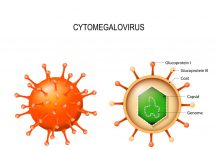Botulism is a rare but potentially lethal illness produced by bacteria. This article explores the spread of the illness, its symptoms, and its treatment.
The toxin that causes botulism is “is the most poisonous substance known,” according to the Journal of the American Medical Association. A single gram of the toxin (botulinum toxin) could kill more than a million people. Fortunately, falling ill to botulism is rare. The Centers for Disease Control (CDC) note that an average of only 145 cases are reported every year.
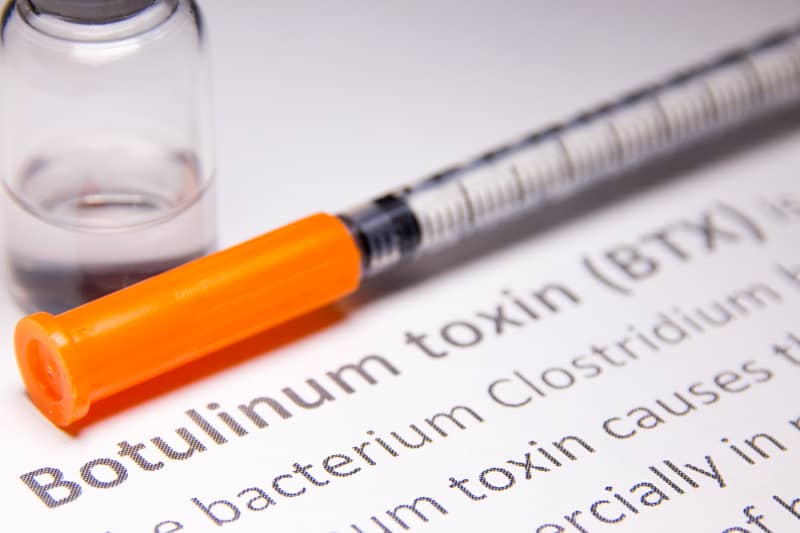
Botulism is caused by a neurotoxin produced by the bacteria Clostridium botulinum. The bacteria are anaerobic and heat-resistant, which means that they can only grow in environments low in oxygen and cannot survive in very hot conditions. The toxin produced by the bacteria instigates muscle paralysis, giving way to plenty of uncomfortable symptoms.

The Three Types of Botulism
There are three major types of botulism:
- Food-borne Botulism: This occurs when a person consumes food contaminated with the botulinum toxin. This type of botulism most commonly comes from improperly home-canned or home-bottled vegetables or other low-acid foods.
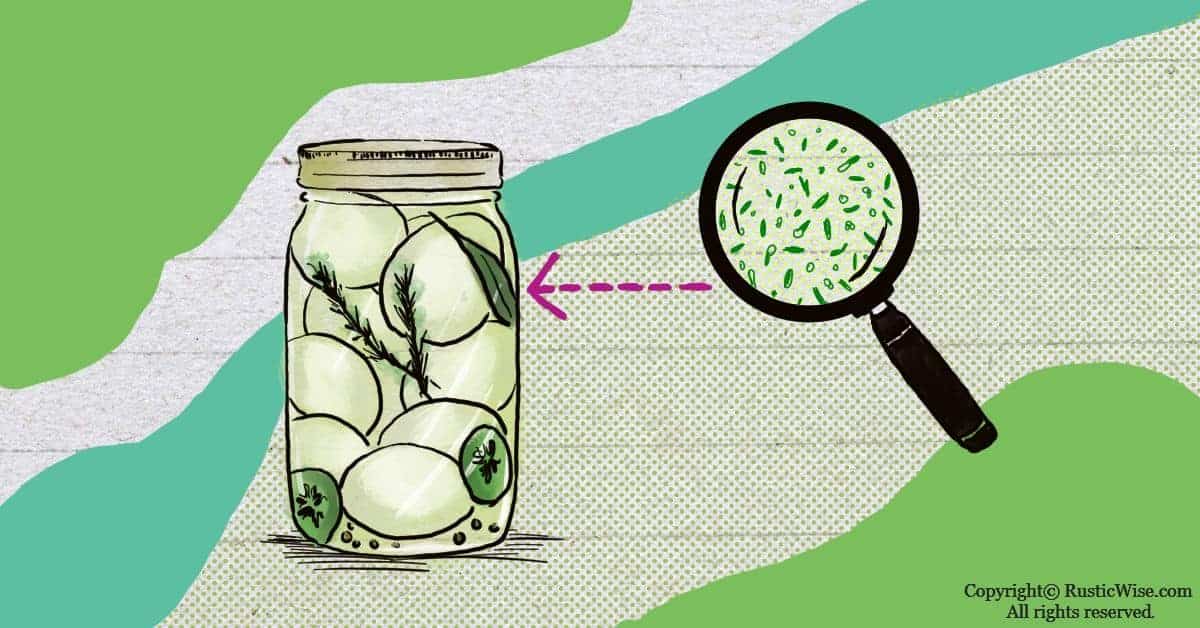
- Infant Botulism: Occasionally, the bacteria can find their way into the intestinal tracts of infants. Once they settle in the infant’s body, they can germinate and release the toxin. Ingestion of honey in children younger than one year old has been shown to introduce these spores into the body, which is why parents are discouraged from feeding honey to infants.

While C. botulinum can enter an adult’s body, natural defenses would prevent the spore from germinating.
- Wound Botulism: If a wound becomes infected with the C. botulinum, the bacteria will introduce the toxin to the body this way, resulting in the same symptoms.

The CDC website reports that of the 145 cases per year, food-borne, infant, and wound botulism constitute 15%, 65%, and 20% of cases, respectively.
The Symptoms of Botulism
Symptoms of botulism begin to appear between 12-36 hours after the bacteria enter the body. Characteristic symptoms begin with vertigo, fatigue, and weakness. These are typically followed by blurred vision, dryness of mouth, and difficulty swallowing and speaking. In some cases the illness is accompanied by vomiting, constipation, and abdominal swelling.
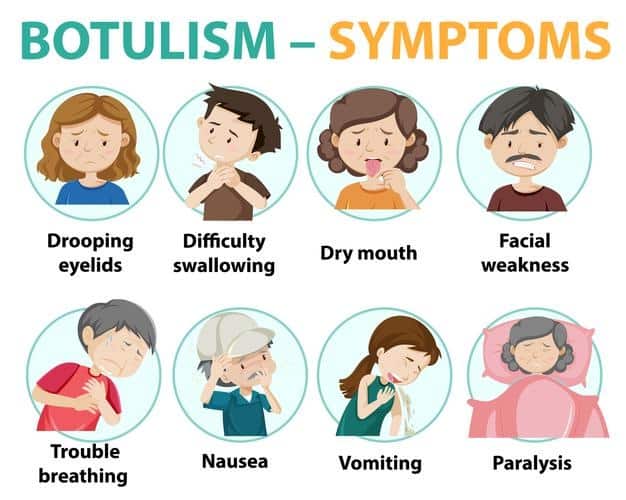
Because the toxin instigates muscle paralysis, which is the primary cause of the above symptoms, the illness also results in muscle weakness that progresses down the body, starting at the neck and shoulders and moving toward the lower body. If the weakness reaches the breathing muscles, breathing may become difficult, and in some cases breathing ceases and the patient dies.
Treatments for Botulism
Fortunately, botulism can be treated, but recovery typically takes a few weeks. The key to a full recovery, as with many illnesses, is an early diagnosis.
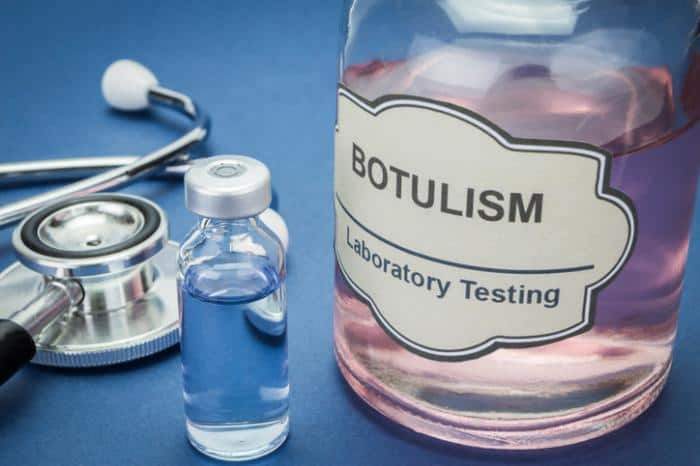
Once diagnosed, the botulism is treated with an antitoxin that keeps symptoms from worsening by blocking the effects of botulinum toxin in the bloodstream. Once the antitoxin is administered, the patient usually requires the assistance of mechanical breathing apparatus to fully recover.

For infant botulism, treatment is different. A traditional botulism antitoxin is not used on infants, but according to the New England Journal of Medicine, a new orphan drug (i.e. a drug used to treat a rare medical condition) called “Botulism Immune Globulin Intravenous” (BIG-IV) has been developed from human-derived botulism-fighting agents that effectively combats the illness in infants.
- What Is Aromatherapy Vs. What Are Essential Oils?
- What is La Tomatina in Bunol, Spain Like? What to Expect at the Famous Tomato Throwing Festival
How to Avoid Getting Botulism
Botulism is a rare illness, but because of the serious threat it poses, it pays to be careful.
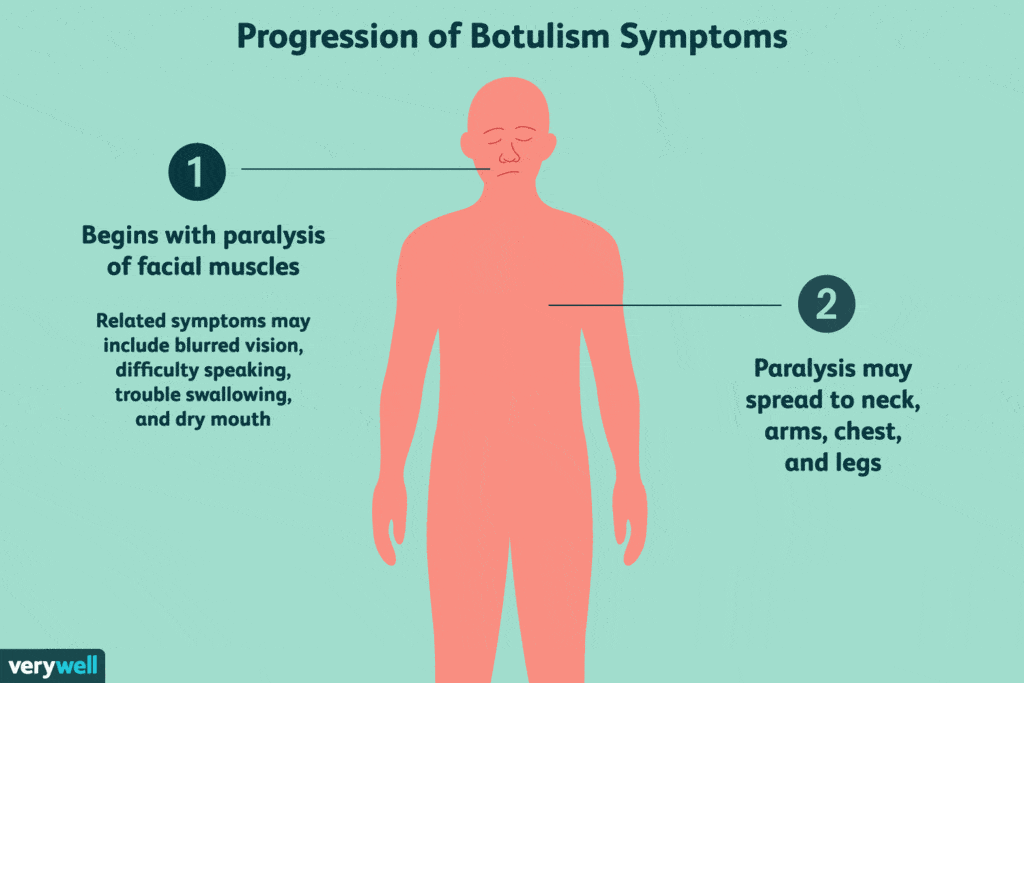
Because the bacteria cannot survive at high temperatures, be sure to adequately cook all canned products. Also, when canning vegetables at home, practice good hygiene and go about the process carefully. For wound botulism, be sure to wash and care for all wounds carefully.

When shopping for canned foods, avoid cans that appear swollen. If spores begin to grow inside a can of food, they can release gas, pushing against the sides of the can. While a swollen can does not necessarily mean food poisoning by C. botulinum growth, it certainly isn’t a good sign.
As far as the commonly held belief that dented cans are a sign of botulism, it may be no more than urban legend.
Apparently, “at the turn of the century, unscrupulous merchants would bang on the swollen cans,” Maxine Rosaler writes in her book Botulism. “Because of this, dented cans became as much a sign of contamination as swollen ones.” This does not mean dented cans are completely safe, though. A dent may cause small holes to open up, allowing bacteria inside, so it is still worth heating the contents fully to avoid risk.


